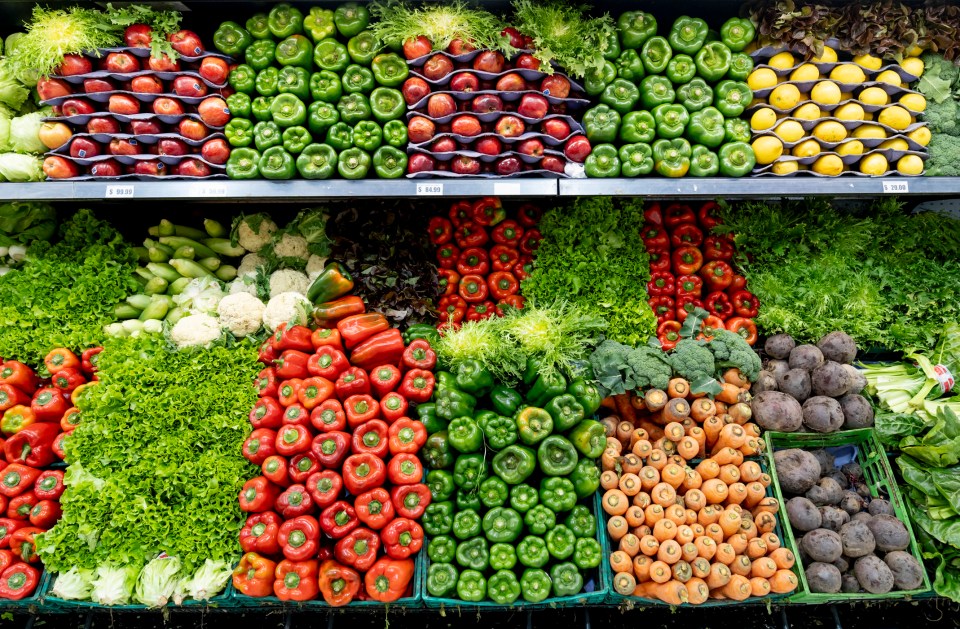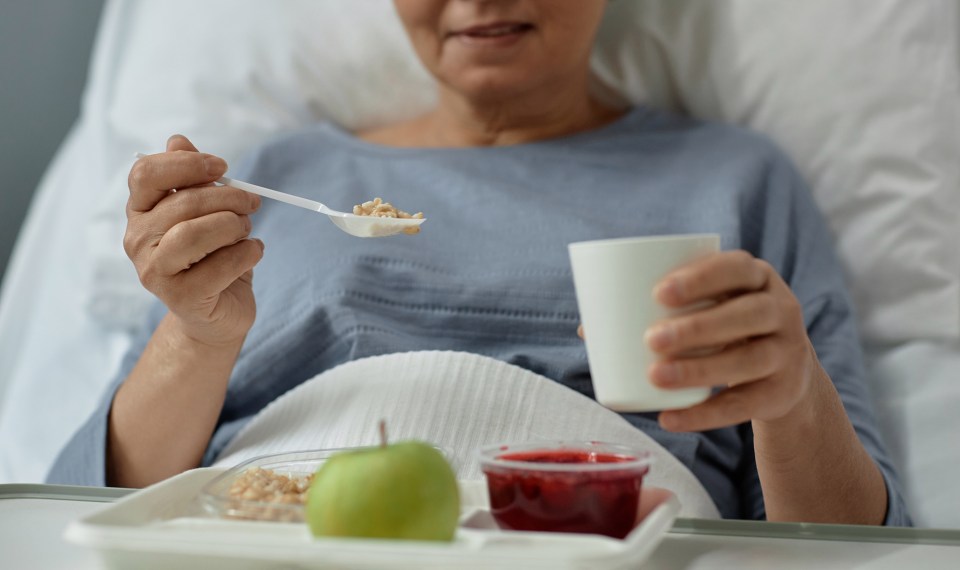For many, March and April been challenging months in regards to our lifestyle choices. Since many are quarantined at home, it may be more difficult to continue with usual diet and exercise plans. In light of this present challenge, this information from the CDC can help you manage your weight, control hunger and still feel satisfied. Sound impossible? It’s not.
What are low-energy-dense foods?
Simply put, the idea is to eat more, weigh less. This idea centers on eating low-energy-dense foods. Energy density is the amount of energy or calories in a particular weight of food.
Foods with a lower energy density contain less calories per gram than foods with a higher energy density. The composition of a food is what contributes to its density.
For example, water lowers the energy density of foods, because it contains 0 calories per gram. Fiber has a low energy density, providing only 1.5 – 2.5 calories per gram. Fat is the most energy dense component of food, providing 9 calories per gram. Protein and carbohydrates fall in between, providing 4 calories per gram.
When trying to choose low-energy-dense foods, choose those higher in fiber and water.
Benefits of incorporating low-energy-dense foods into your diet
Research has shown that low-energy-dense diets help people maintain satiety and control their hunger, while lowering their caloric intake. Data also indicates that people consuming a low-energy-dense diet eat a balanced diet higher in fiber, vitamin A and C and folate. So with this knowledge, how can you apply these principles to help control your weight and maintain a healthful diet?
- Incorporate at least 1-2 servings of fruits or vegetables into each meal or snack. Examples include adding fresh berries to your morning cereal, lettuce and tomato to your sandwich for lunch, or spinach and broccoli to your dinner time pasta.
- Complete your meal by adding whole grains, lean meats, low fat dairy and legumes.
- Avoid fried foods which are more calorically dense. Instead of deep frying, experiment with lightly pan frying or sautéing lean meats in olive oil.
- Reduce your intake of foods with little moisture, such as crackers, cookies and other high fat foods like croissants, margarine and bacon. Foods such as nuts and olives can be a healthy option, but also must be consumed in moderate portions due to their higher fat content.
- Drink plenty of water or low calorie beverages. Often our bodies are in need of fluids, which we misinterpret for hunger.
- Energy dense foods do not need to be completely restricted in your diet. If consumed in moderate portions with low energy dense foods, they can be part of a balanced eating plan.
How to calculate energy density
When reading the nutrition facts panel, you can calculate the energy density by dividing the calories by the weight. For example:
- One container of fat free chocolate pudding has 100 calories per serving. One serving is 110 grams. 100 calories divided by 110 grams equals 0.9 calories per gram.
- One large chocolate bar contains 230 calories. One serving is 45 grams. 230 calories divided by 45 grams equals 5.1 calories per gram.
Therefore, the fat free pudding is a more filling, low-energy-dense snack than the chocolate bar.
Personally, what I like about the ideas behind this diet is that it is not a traditional diet. It is a way of life that can promote health and weight maintenance, and it is not based on deprivation.
If you would like more information, visit the CDC’s guide on eating more and weigh less.
Dana Harvey is a dietitian at Encompass Health Rehabilitation Hospital of Savannah.
The content of this site is for informational purposes only and should not be taken as professional medical advice. Always seek the advice of your physician or other qualified healthcare provider with any questions you may have regarding any medical conditions or treatments.



